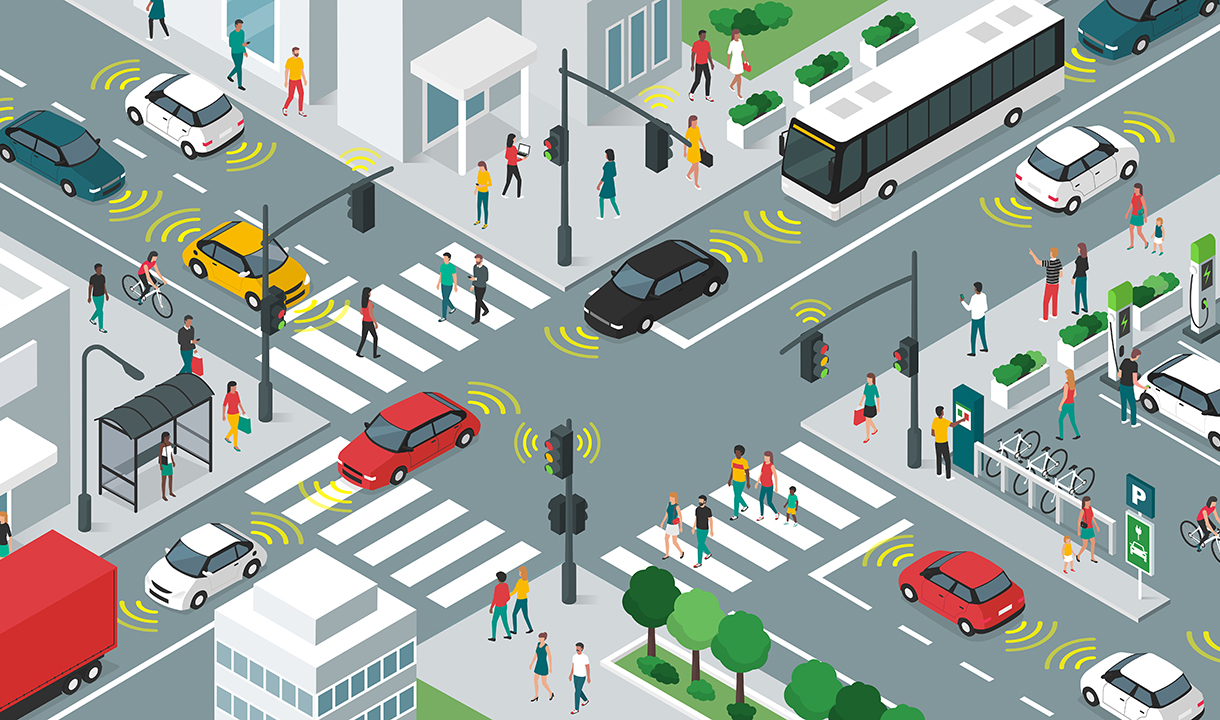Big data has the potential to change the world around us for the better. Due to the high quality of actionable insights that can be conveyed through the implementation of artificial intelligence solutions to scour big data for key trends, road safety can be one of the biggest areas that stand to benefit from big data.
When it comes to enhancing motoring safety, big data can not only work to make cars more intelligent when it comes to anticipating danger, but it can also bring great benefits in the world of city planning.
With statistics suggesting that the big data market could grow to a value of $473.6 billion by 2030, the industry seems set for exponential growth over the coming years, with much of the transformative change helping improve road user safety standards.
But how exactly can motorists expect to see their safety enhanced by big data? Let’s take a deeper look at how the technology can help to bring unprecedented safety while driving:
Anticipating Accidents
The beauty of big data is that it can be used to generate predictive analyses. This is done by studying masses of data to better understand historical trends and identify possible areas and locations that are more prone to accidents.
In the US, we’re already seeing these mechanisms put in place within states like Tennessee and Indiana. In Tennessee, for instance, a program was created where algorithms would predict areas prone to fatal crashes by looking at data from historic crash reports and traffic citations.
Through utilizing this data, a 33% decrease in highway patrol response time was put in place with a 3% decrease in fatalities as a result.
This form of predictive data can help cities to better understand their accident black spots and to implement the appropriate measures to ensure that the problem is dealt with in an accurate and sustainable manner.
Improving Traffic Planning
Big data can also be a great asset when it comes to city planning and the management of road traffic.
With more cars on the road than ever before, factors like the synchronization of traffic, management of construction work, and durability amid worsening weather conditions are all important factors to consider. Big data, however, can study subtle trends to help ensure continuous traffic flow.
When it comes to long-term traffic planning, big data can generate rich simulations that analyze the impact of construction work that may cause more congestion. By applying possible scenarios like lane narrowing, road closures, and diversions, big data can work with AI programs to offer improved traffic flow.

Impressively, this technology is already prevalent in some areas. In 2021, when a major construction project was set to cause disruption in a district in Hamburg, Germany, local authorities ran simulation software to plan where traffic could be shifted to cause minimal disruption.
Anticipating Danger in Real-Time
The sheer masses of data that modern cars can produce can be a great asset in improving safety. This is particularly true for right hook accidents, where vehicles undergo right-hand turns while a vehicle is travelling in their blind spot. This can lead to dangerous accidents, but big data paves the way for interconnected vehicles that can better understand each other.
This technology can help to assist drivers by considering how they and the other drivers around them are using their vehicles. By actively monitoring acceleration and braking habits, artificial intelligence can anticipate whether two cars have an increased chance of being involved in a collision when close to each other.

Although this would require masses of IoT interconnectivity and data, it’s certainly possible that big data can pave the way for the anticipation of danger in the future. It can also be used to help keep drivers safe in other ways, such as monitoring whether areas like a car door lock needs professional repair.
Paving The Way for Autonomy
Just a little further in the future, we’re likely to see big data become a pivotal facet in the transition into fully autonomous vehicles.
Manufacturers like Tesla are already helping to show us what a future of data-driven autonomy may look like, and the use of cameras, ultrasonic sensors, radar, and GPS to determine the precise location and environment that a car is in will pave the way for AI algorithms to make intelligent decisions while controlling a car.
Of course, this won’t be where the use of big data stops, and Tesla’s use of analytics will actively allow the manufacturer to continually make improvements based on the performance of its self-driving cars through the collection and analysis of data.
While there’s still a long way to go before big data is capable of informing artificial intelligence algorithms of how to drive vehicles in different environments, the future certainly looks promising for road safety. By tapping into the masses of data surrounding driver safety, we can help to safeguard roads and prevent instances of accidents in a more efficient way.
The post How Big Data is Evolving to Create a New Standard in Road Safety appeared first on Datafloq.

